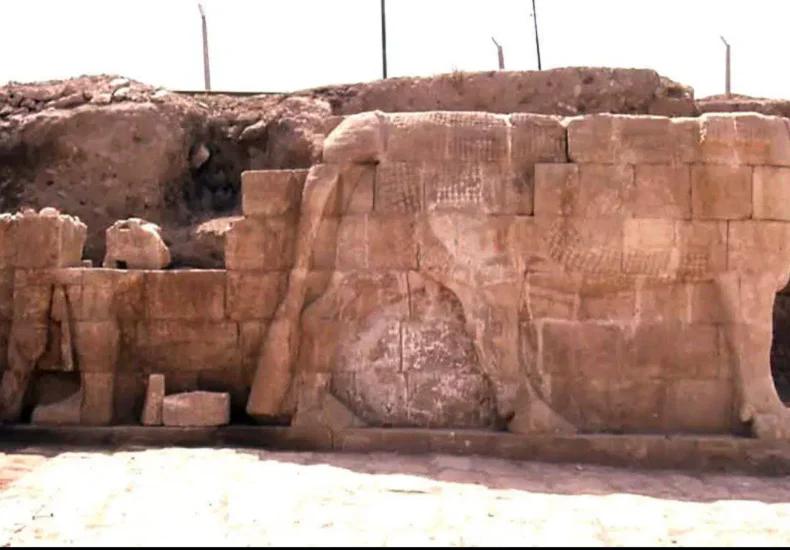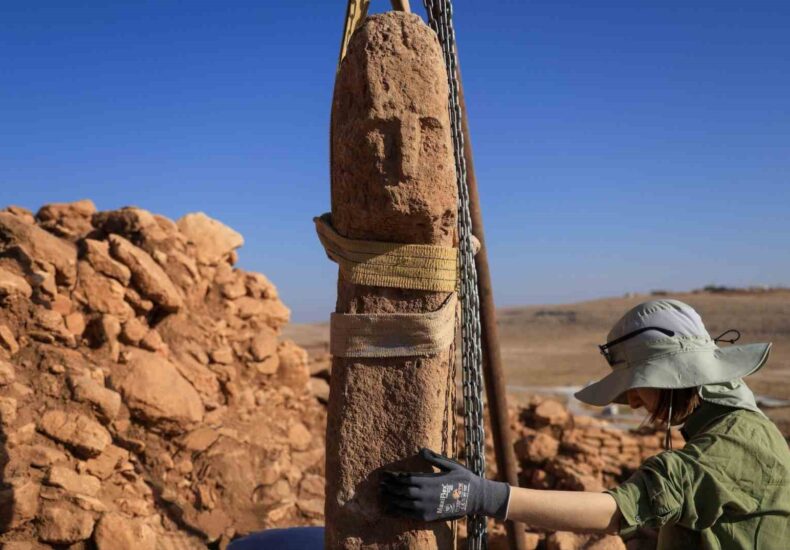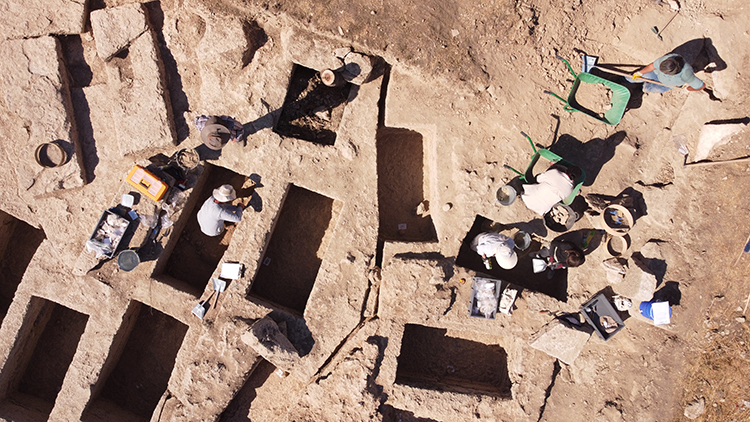
Fifteen New Lamassu Unearthed in Nineveh: German Team Uncovers Stunning Reliefs in Ancient Assyrian Palace
Archaeologists have uncovered fifteen monumental lamassu and newly preserved bas-reliefs inside a Neo-Assyrian military palace at Tell Nabi Yunus, within the ancient city of Nineveh — one of Mesopotamia’s most powerful capitals.The findings, announced by the University of Heidelberg’s German archaeological mission, come just weeks after the revelation of a six-meter-tall colossal winged bull, the

Unbroken Life Through the Ages: 8,000 Years of Continuous Settlement Unearthed at Gökhöyük in Konya
Archaeologists in Türkiye’s central province of Konya have uncovered evidence of an extraordinary 8,000-year span of continuous human habitation at Gökhöyük (also known as Kanal Höyük), located in the Seydişehir district. First identified by British archaeologist James Mellaart in 1954, the site reveals settlement layers dating from the 7th millennium BCE to the 1st millennium

A Historic First at Karahantepe: Human-Faced T-Shaped Pillar Unearthed in Türkiye
Archaeologists have uncovered a T-shaped pillar carved with a human face at the Neolithic site of Karahantepe in southeastern Türkiye — a discovery described as a first in human history. The finding was announced by Minister of Culture and Tourism Mehmet Nuri Ersoy on his official X (Twitter) account, where he wrote: “Karahantepe — A

